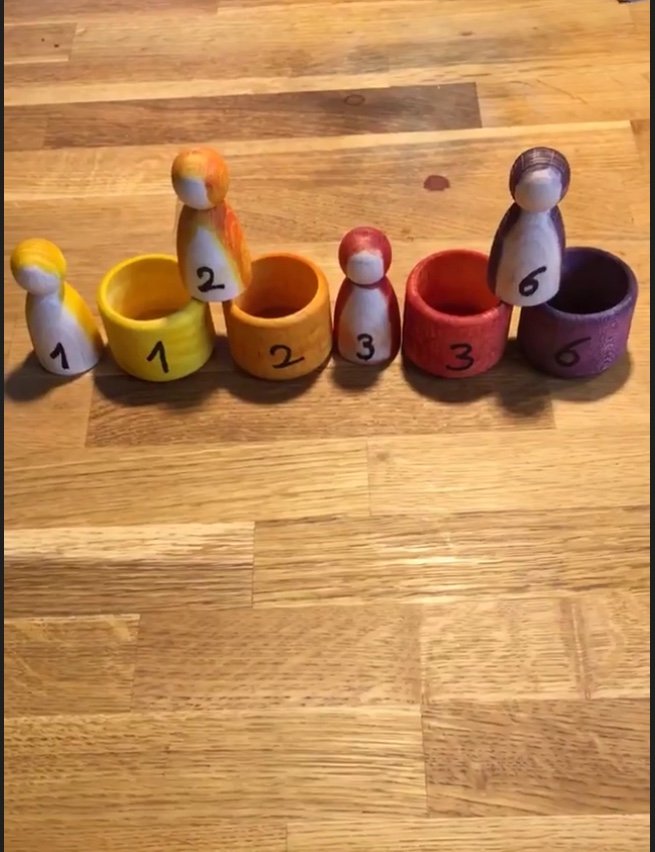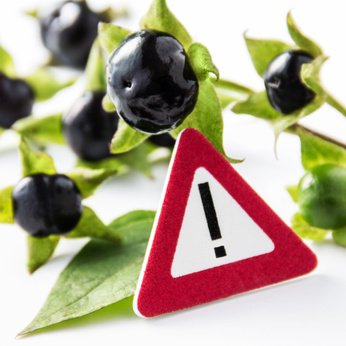AdobeStock_112440176.jpeg

Whether in toys, games, remote controls, thermometers – battery-operated devices are becoming increasingly common in the household. It is usually so-called button cells or button batteries, no larger than a coin, that are in the devices. If the battery compartment is easy to open, small children can quickly come into contact with the button cells and swallow them.
Ingestion can cause serious damage
Swallowing the battery is particularly problematic if it gets stuck in the child’s esophagus. Because then the battery comes into contact with saliva and the moist mucous membranes and causes a chemical reaction. This leads to a current flow that can result in severe burns. In rare cases, these can even lead to death.
Lithium-ion button cells are particularly dangerous. The following also applies: the more charged the battery, the greater the health consequences.
However, if the battery slips through the esophagus into the stomach without getting stuck, complications are rarely to be expected, according to the Federal Institute for Risk Assessment (BfR). The button cell can then be excreted in most cases under medical supervision.
The following symptoms may appear when you get stuck in the esophagus:
- Immediately after swallowing the battery, there are usually no symptoms or only a slight discomfort.
- After a few hours, you may experience vomiting, loss of appetite, fever, chest pain, blood in your stool, nosebleeds or cough.
- In the further course, tissue damage increasingly occurs at the contact point of the battery and mucous membranes, which can result in bleeding and also tissue death. As a late consequence, the esophagus can then scar and narrow.
What to do if an emergency does occur?
If a button battery is actually swallowed, quick action is required. A swallowed battery is an emergency!
- Take the child to the hospital as quickly as possible! An X-ray may have to be taken and the battery removed endoscopically.
- The child should not be given anything to eat or drink.
- The child should not be made to vomit.
- Take the battery packaging or the device from which the button cell comes with you to the hospital and show them to the attending doctor. So the doctor can quickly see which chemical components the battery contains.
- You can also get help from the poison emergency center of the responsible federal state. This can be reached around the clock in an emergency. A list of centers and poison information centers can be found here.
BfR app for poisoning accidents
The BfR also offers an app with information on poisoning accidents in children. Here parents get suggested first aid measures, as well Tips for the professional and child-safe storage of cleaning agents, medicines and the like at hand. In the event of a specific emergency, the poison information center – responsible for the federal state – can also be called directly from the app.
Once the app is installed on the smartphone, it even works without internet access. The app is available for both iOS and Android.
How to protect your children from swallowing the button cells
To avoid accidents caused by swallowing the batteries, parents should pay attention to what the children are playing with. Not infrequently can the small Button cells easily fall out of remote controls, toys and other devices. Children often find the small shiny batteries very interesting.
- It is therefore safest to keep small batteries and sensitive devices out of the reach of children.
- Packaging with button cells should also be kept out of the reach of children.
- In the case of toys in particular, parents should also make sure that the battery compartments are screwed together and child-proof with a Screwdriver to be opened. (You)
RELATED ITEMS
-

Best gifts for kids and toddlers ~ or love each other
ababywearingmom – October 23, 2019 October 23, 2019 It is October, Christmas is inevitably coming to our hearts. And maybe it says…
-

Poisonous plants in the household – danger to children and babies
Beautifully grown green plants and magnificent flowers that shimmer in all colors of the rainbow delight the eye and can create the atmosphere in a room…
-

Sledge or bob – which is more suitable for toddlers?
Last updated on January 2, 2020. Winter time is sledging, provided there has been enough snow. Once everything is white outside, it lasts…
-

Online games – chance or danger for children and teenagers?
Children and adolescents and their media consumption are repeatedly criticized. Normally, children now have a computer, a television,…
